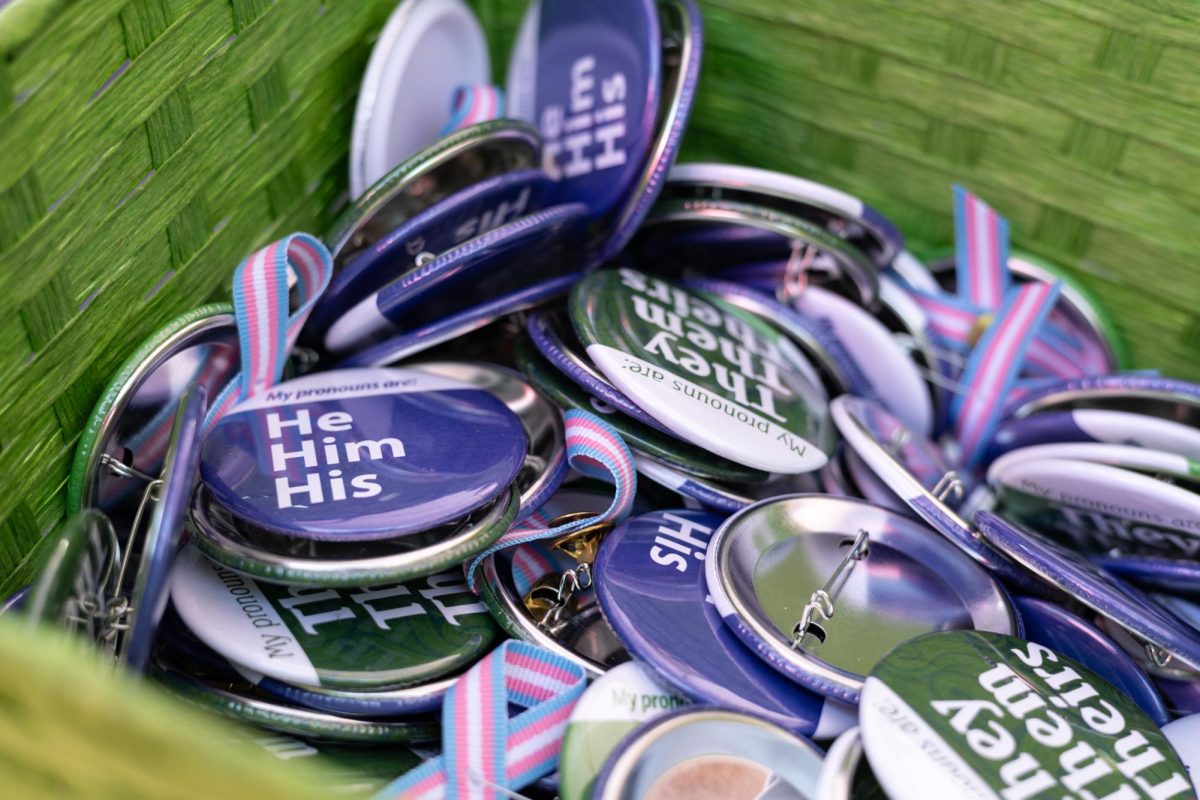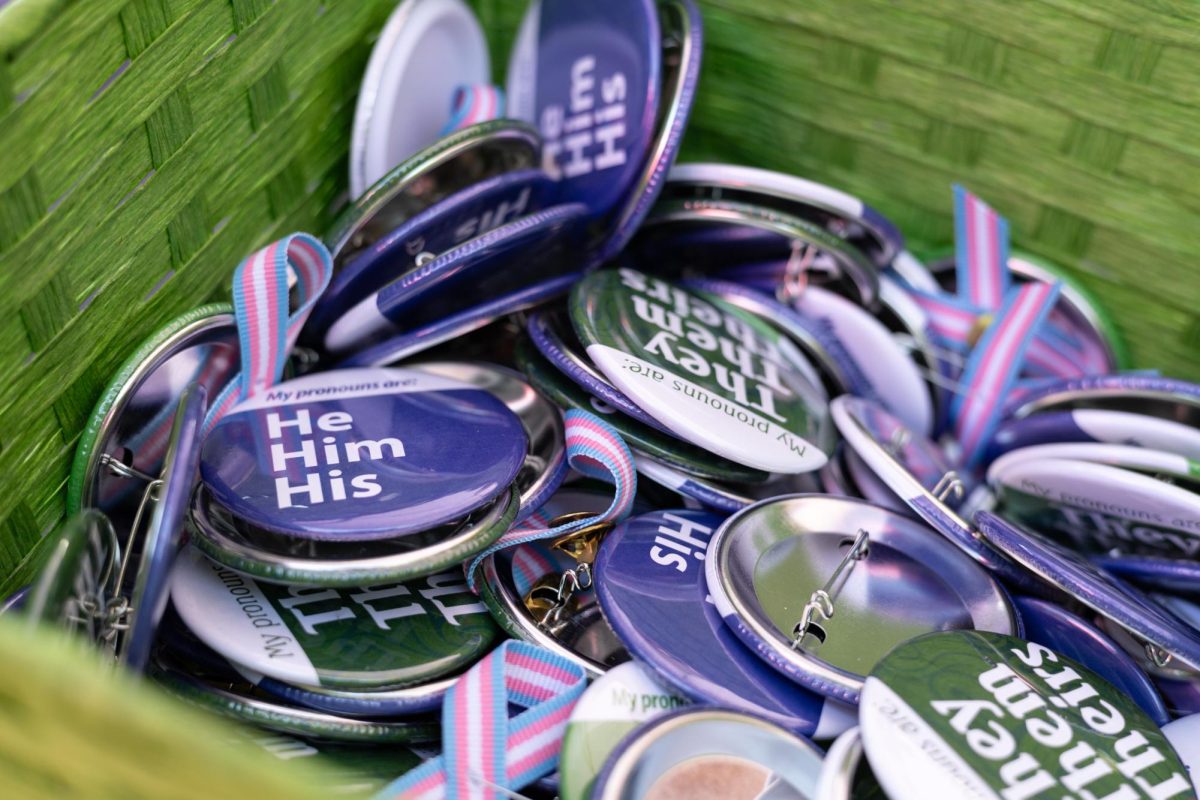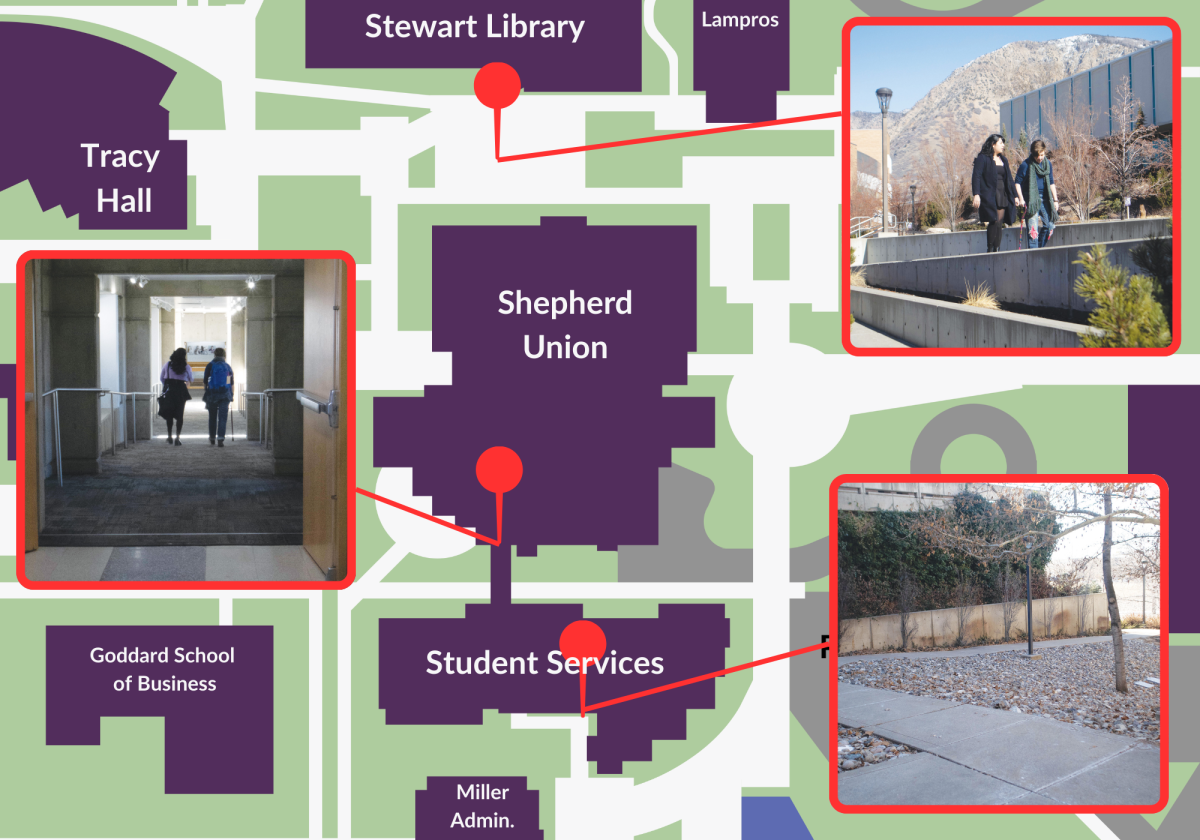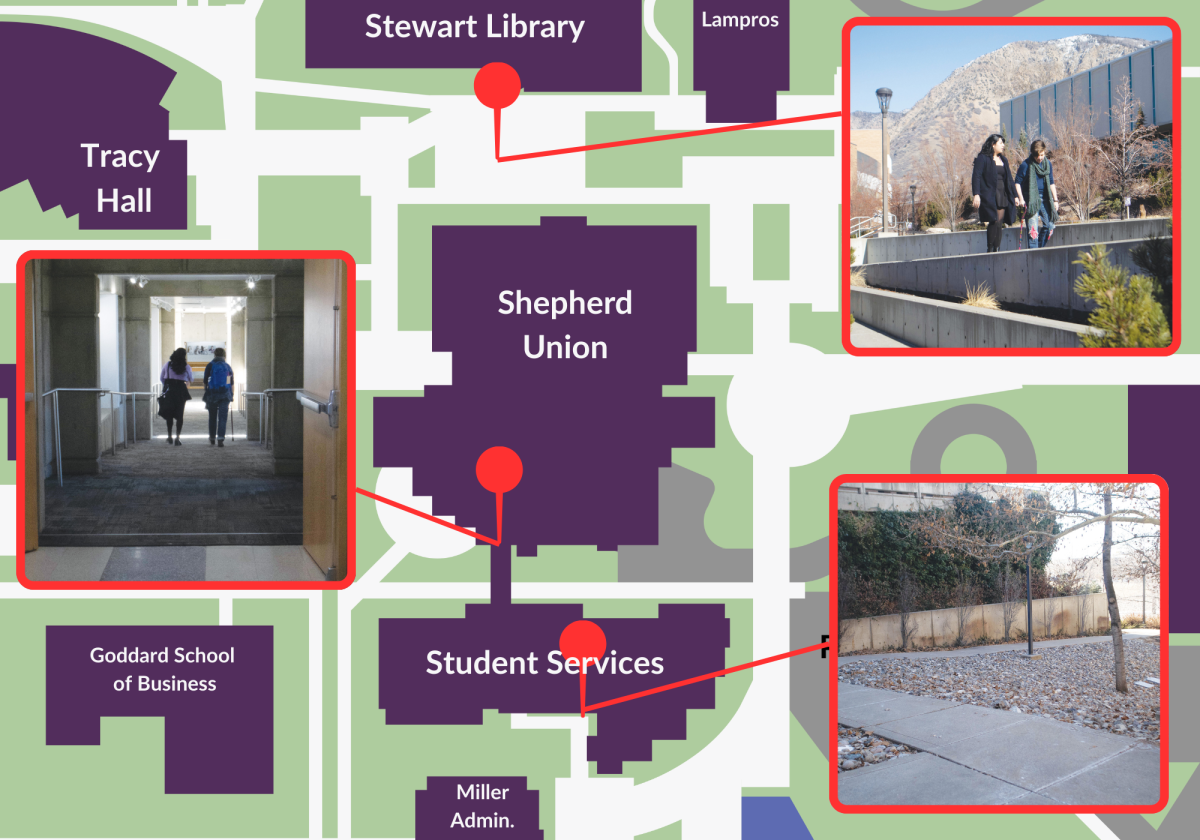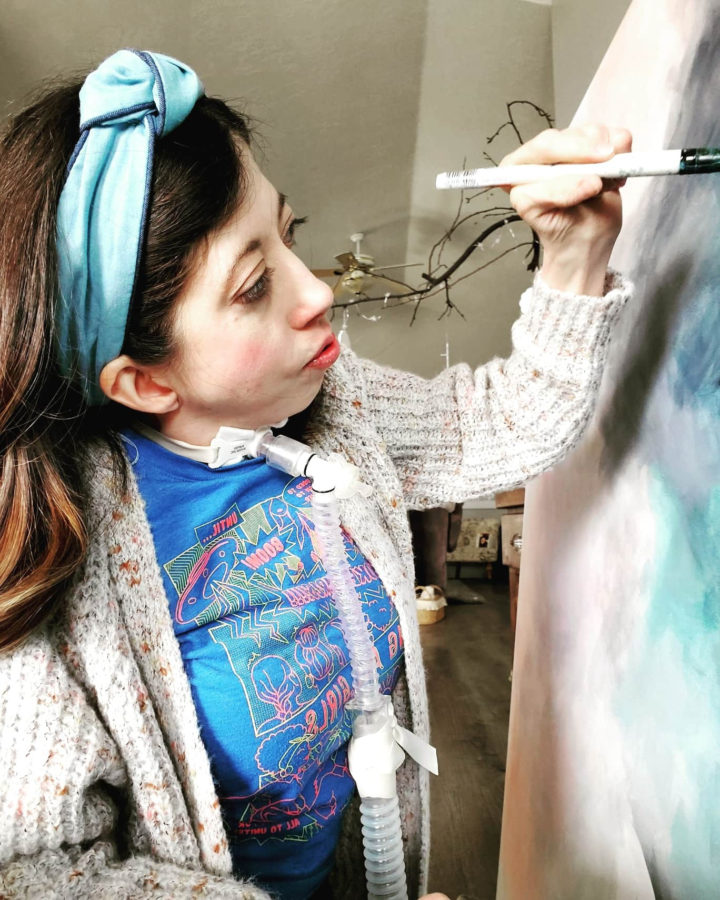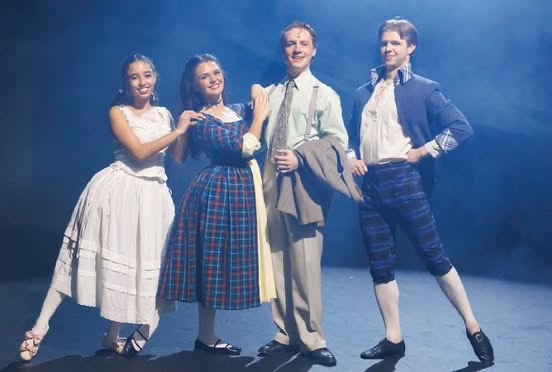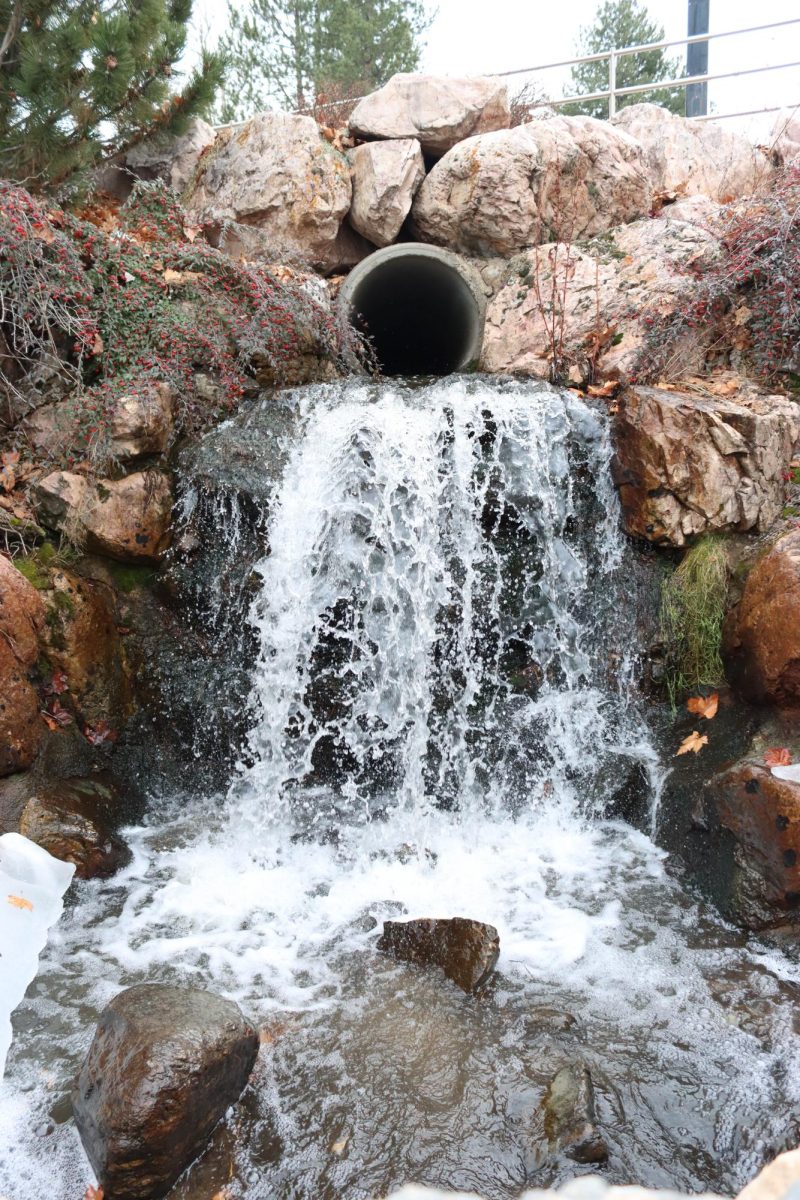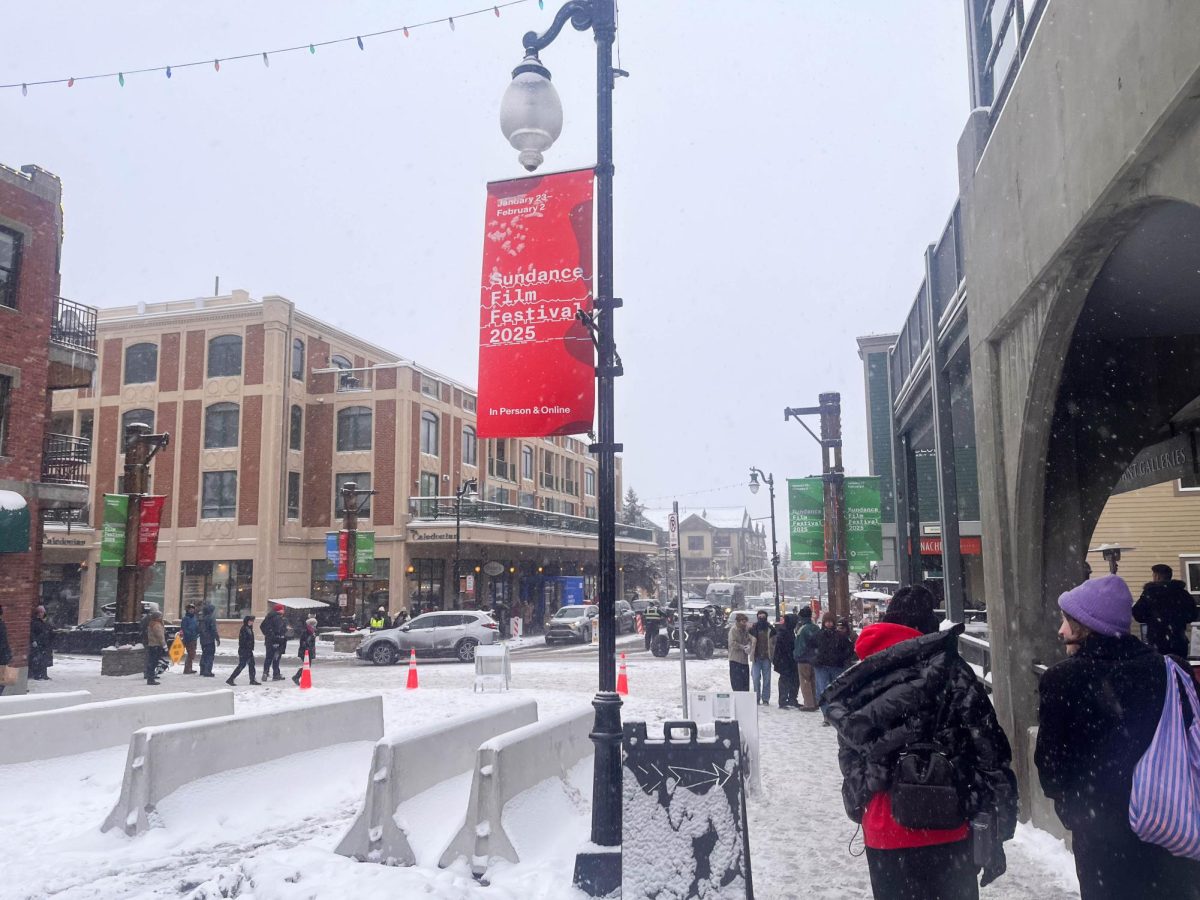The Mary Elizabeth Dee Shaw Gallery, located in the Kimball Arts Building, was without a manager for three years until Weber State University hired Katie Lee.
Lee has an extensive background in art, including art administration and art history. She has curated exhibits, planned arts festivals, worked with juried art shows, created grant and scholarship programs for art students, taught art administrative courses at the University of North Carolina, and worked with several galleries.
Lee said she was interested in the arts from an early age.
“In high school I was very involved in the arts,” Lee said. “When I went to college, I knew I wanted to do something with the arts, but I wasn’t sure if I wanted to do visual arts or performing arts. Then I took an art history class and loved it. It was one of the hardest classes I had taken, but I really liked it and decided I wanted to pursue an art history major, not knowing really what I was going to do with that.”
Lee is originally from South Carolina and received her undergraduate degree from the College of Charleston in art history. After that, she received an international master’s degree in art history from Richmond, the American International University in London. After London, she returned home to Charleston.
“During that time, I began curating projects and writing freelance articles for the College of Charleston, and then for the City of Charleston, doing some projects,” Lee said. “Mark Sloan is the director and senior curator at the College of Charleston Institute of Contemporary Art. He had started throwing some projects my way and kind of mentoring me.”
Not long after that, Lee became the assistant director to the Halsey Institute of Contemporary Art in Charleston.
“That position very much parallels what the intent of the Shaw Gallery and this position as gallery director is intended to do, which is to curate exhibitions and related programs, lectures, film series, workshops, residencies working in conjunction with the art department to serve both the art students of the college as well as students outside of the art building and the broader community,” Lee said.
Lee moved from the College of Charleston to working with UNC and the Center for Craft, Creativity and Design, which works in conjunction with the university. Lee said that, during that time, she realized her heart lies with curating, and she saw an opportunity at the Shaw Gallery.
“Through that process (I found) that I really do love curating and working more directly with students, and a lot of what we did we saw the benefit that was around the country,” Lee said. “I was interested in getting back into curating. While I was at the Halsey, I had worked with Mark to develop a membership program and really developed an audience and build a community, which he was amazing at as well. They were interested in something like that here.”
Lee’s first project with WSU is the Biennial Faculty Exhibition, which begins Sept. 7 with a gala at 7 p.m.
“The facility here is amazing; the infrastructure is great,” Lee said. “They were looking for someone to really build the program. They’ve had some great artists that they have brought through in the past. Sometimes the faculty has organized those things. I’m excited to be here and to take the Shaw Gallery to the next phase of its life and hopefully make it more meaningful to the university and the community.”
Along with planning the faculty exhibit, Lee has also begun to plan future events such as individual artist exhibits, student exhibits, visiting artist speeches and exhibits. She said she also plans to teach a course in museum studies next year, a course she taught at UNC.
“I wanted this year to kind of get organized here at the gallery and then be able to concentrate on a class next year,” Lee said. “I look forward to doing that here. One thing I realized while teaching there is it isn’t just students interested in arts administration, because oftentimes arts administrators are people who are artists who become interested on the administrative side of things. You get a lot of studio artists and art history students; you know you’ve got the gamut of students and then some students who weren’t artists in their own right, but really love the arts and wanted to work with the arts in some capacity. I look forward to doing that.”




